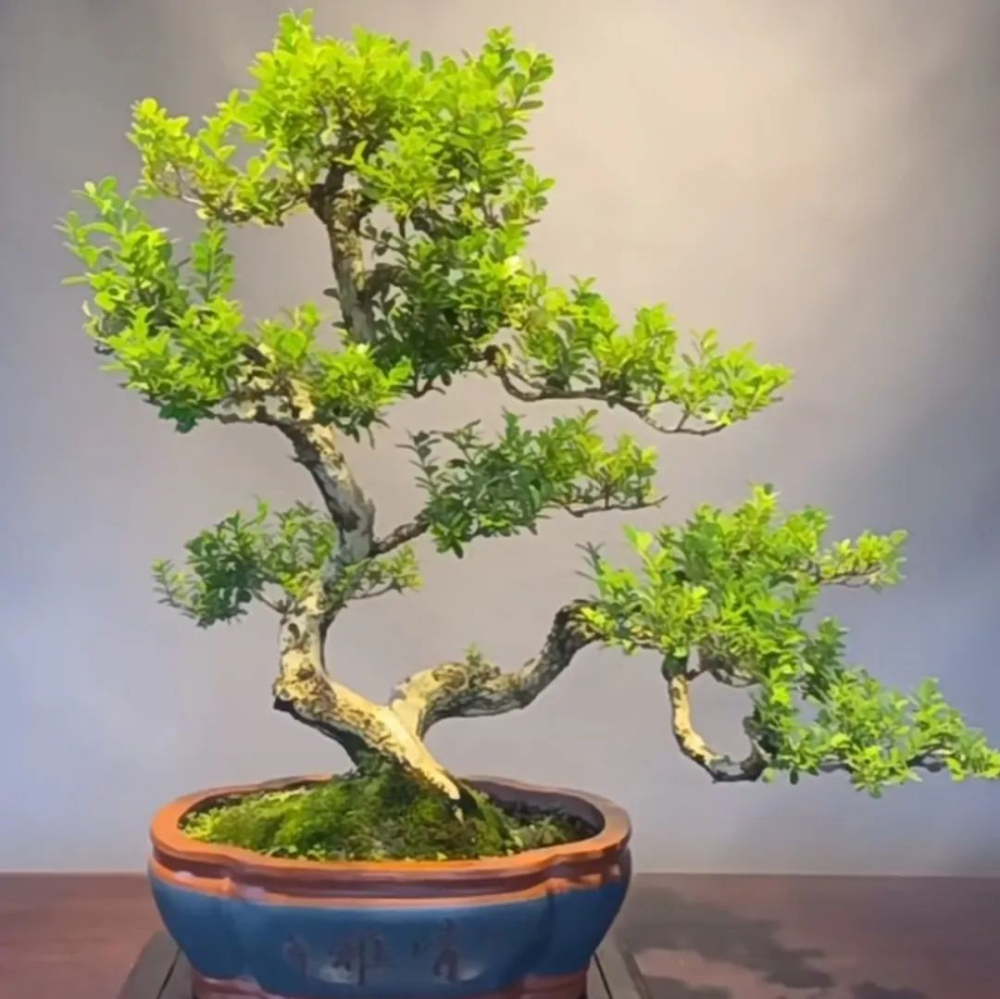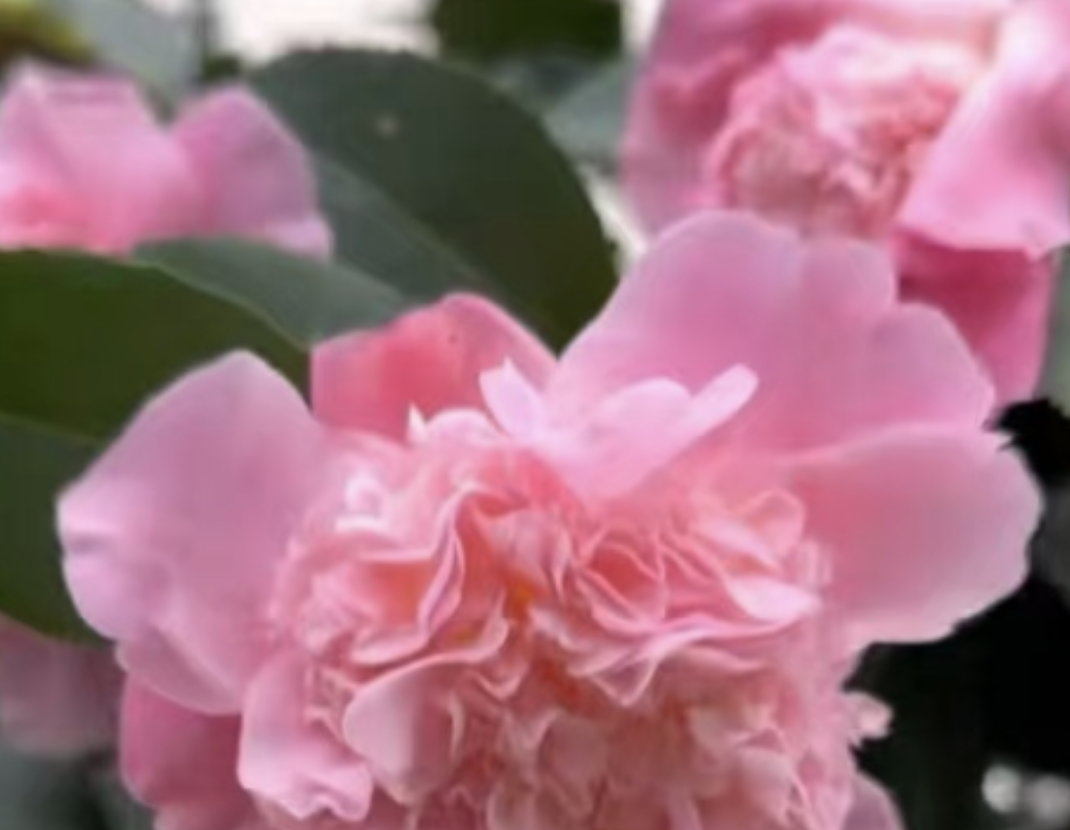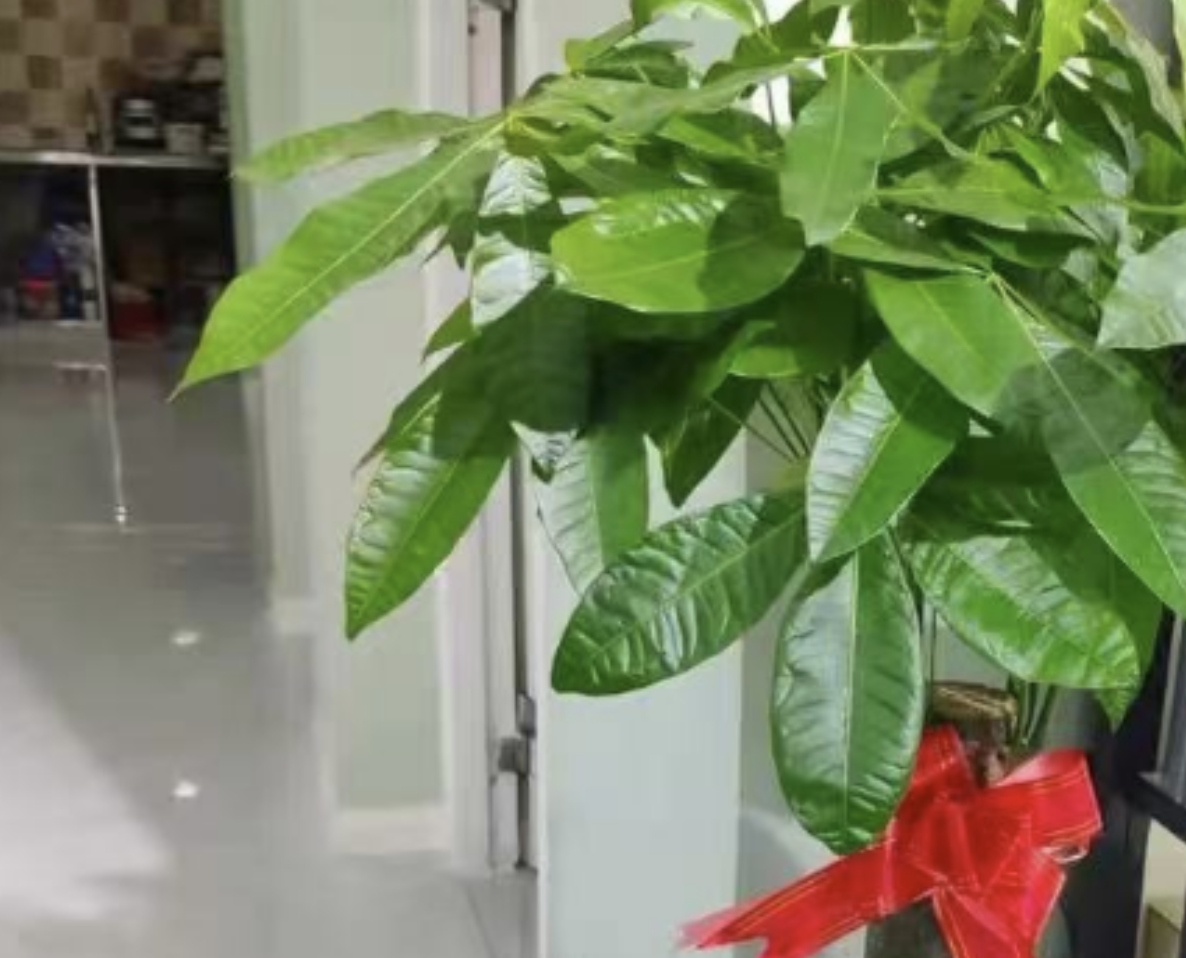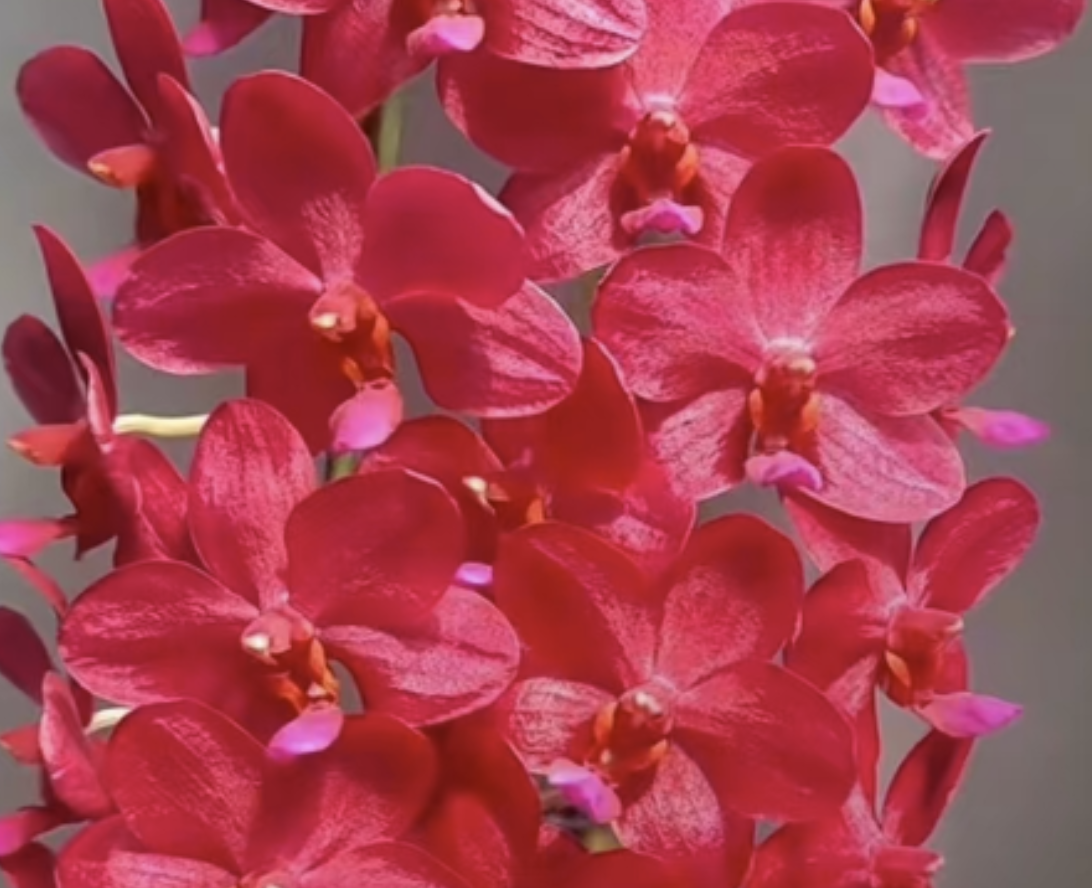Boxwood, as a common ornamental plant, is deeply loved by people for its graceful posture and evergreen characteristics throughout the four seasons. However, during the maintenance process, sometimes the leaves of boxwood turn yellow and dry. What exactly causes this?
First of all, inappropriate lighting is one of the common reasons. Boxwood likes sufficient scattered light. However, if it is exposed to strong sunlight for a long time, the leaves are easily sunburned, resulting in yellowing and drying. Conversely, if it is in a dark environment for a long time and the photosynthesis is insufficient, it will also affect the normal growth of the leaves.
Secondly, improper water management can also cause problems. Excessive watering can lead to water accumulation at the roots, causing root rot and yellowing and drying of the leaves. While too little watering and lack of water for the plant can also lead to adverse symptoms of the leaves.
Furthermore, the quality of the soil is crucial to the growth of boxwood. If the soil is compacted, has poor air permeability, or lacks necessary nutrients, it may lead to poor growth of boxwood and problems with the leaves.
In addition, the invasion of pests and diseases cannot be ignored. For example, leaf spot disease, scale insects, etc., can damage the leaves and make them yellow and dry.
Then, how to correctly cultivate boxwood?
In terms of light
Place boxwood in a position with bright light and good ventilation, avoiding long-term exposure to direct sunlight or complete darkness.
During high temperatures in summer, appropriate shading nets can be used or it can be moved to a semi-shady place to prevent sunburn.
In terms of water
Follow the watering principle of "water when the soil surface is slightly dry", that is, water after the soil surface is slightly dry, and keep the soil moist but not overly wet.
Regularly check the drainage to ensure that the potting soil does not accumulate water to prevent root rot.
In terms of soil
Choose loose, fertile and well-drained soil as the cultivation substrate.
Regularly loosen the soil to increase soil permeability and promote root respiration.
Apply fertilizer timely to supplement soil nutrients, but pay attention to applying thin fertilizers frequently to avoid fertilizer damage.
Prevention and control of pests and diseases
Regularly inspect the leaves and branches of boxwood to promptly detect signs of pests and diseases.
Once pests and diseases are found, physical or chemical methods should be immediately taken for prevention and control, such as pruning diseased leaves and spraying pesticides.
Other precautions
Regularly prune the branches and leaves of boxwood to maintain the beautiful shape of the plant and promote the growth of new branches.
Pay attention to heat preservation measures in winter to avoid freezing damage to boxwood caused by severe cold weather.
Maintain patience and carefulness during the maintenance process, closely observe the growth status of boxwood, and adjust the maintenance strategy in time.
What are the reasons for the yellowing and drying of the leaves of the boxwood bonsai?

Share with
Tagged in :




Leave a Reply